In a time when art is more loosely defined than ever, where there are no limits to what materials artists use, where anything imaginable can qualify as art, and where idea sometimes trumps craftsmanship, I return home from a trip to New York City electrified and inspired. Only in David Zwirner did I wonder, “What the?” Having said that, I know my personal lack of understanding an art installation does not reflect poorly on the art; perhaps it is my limited exposure to certain materials or styles that leaves me perplexed. My own education or perspective could be the problem.
While visiting roughly twelve galleries and four museums during my daughters’ spring break, I was repeatedly delighted by the quality, talent, and thoughtful presentation. For this trip, I focused on painting exhibits and found that representational painting, much of which was figurative, dominated the walls. One reason I paint representationally is because I believe art is most powerful when the highest number of people can glean some understanding, some insight, some information about a subject presented. Art made for an exclusive few seems to deny itself the chance to speak clearly about culture, about society, about life and about issues in a way that can eventually serve as documentation of our time. But maybe art does not have to represent anything specific. Maybe odd installations tell of a need for something real, three dimensional, touchable, formidable in a world inundated with visual imagery. Yet I can hardly resist the allure of a two dimensional painting or drawing that serves as a magical window to an idea. Yes, two dimensional work is an imitation of something, it is a copy. But the flat plane can reach our minds, our emotions, our thoughts. A great painting or drawing feeds, informs, opens, provokes, teaches, records and delights us.
Following are a few highlights from our visit:

Alyssa Monks, Become, 2015, oil on linen, 50 x 80 inches
Alyssa Monks at Forum Gallery. I expected to feel disappointment over her departure from water paintings. However, the current body of work, “Resolution,” is stunning and exquisitely painted. The artist merges the human form with forest and plant environments. While the figures embody large swaths of canvas, they do not dominate the space. Instead, towering trees and foliage promote the idea of humans as secondary to earthly growth. The paintings allow us to see the intertwined existence of all living things. Combining human features with elements from nature is difficult and looking closely at the paintings shows how the artist chose certain brush marks and colors. The Forum Gallery website allows viewers to zoom in on the brushstrokes which is helpful and revealing.

Claudio Bravo, Morocco Triptych, 2009, oil on canvas
Claudio Bravo at Marlborough Gallery. For years I have tried to figure out what exactly draws me to the entrancing work of Bravo. He is able to arrange material in a way that encourages the viewer to imagine how the material folds and feels. He is a master of value, creating shadows, highlights and folds that become almost linguistic. The contrasting colors he often uses prompt the viewer to repeatedly return to the work. Though it is often the human figure that draws me to a painting, Claudio Bravo’s still lifes reveal a vision and skill that is always worth studying in person when given the opportunity.

Rimi Yang, Big Black Hat After Gainsborough, oil on canvas, 60 x 48 inches
Rimi Yang at Stricoff Fine Art. I first fell in love with her fantastic layered work while studying my aunt’s fine art collection several years ago. Since then, I have found Yang exhibited on the east coast, the west coast and in between in Austin, TX. Rounding the corner of 11th and 25th in Chelsea, my eye landed on this painting (here on the left) and I immediately knew I’d once again found one of my favorite artist’s work. As I struggle, sometimes failing and sometimes succeeding, to paint the figure in an abstracted space, I think often of Yang’s ability to create mysterious settings that allude to history, time, and things being covered, or painted over or washed away. I LOVE her precision used only sparingly and how it contrasts with loose brush marks and drips. I LOVE the exquisite details that contrast undefined areas. She makes it look so easy and it certainly is not. I was grateful this painting caught my attention because it turns out Stricoff Fine Art also carries many artists I admire such as Carol O’Malia and Joshua Bronaugh. We hit the jackpot! As a bonus, I got to meet gallery director, Michel Vandenplas, who was very kind even though my girls were basically sprawled out napping on a couch toward the back and I’d taken a photo of a Yang painting which I learned was not permitted. Despite all this, he was completely welcoming and gracious. Sometimes, when the details of a busy trip fade into the past, it is the kindness of strangers that stays with us. Speaking of a welcoming and kind stranger, next up…
Garvey Simon Art Access. When submitting work for the Delta Exhibit at the Arkansas Arts Center, I read about this year’s juror, Elizabeth Garvey and was excited about the possibility of meeting her and seeing her gallery. Though we had no appointment and just stopped by to say hello, we were warmly welcomed. Liz graciously guided us into her office to show the work of many of the artists she represents. What first struck me in glancing at the walls was the pattern created by the wide variety of artists and their meticulous high quality use of materials.

David Morrison, Stick Series No. 12, 2015, Colored pencil on paper, 14 5/8 x 21 3/4 inches
Much of the work on display was abstract forms from nature. Much of the work took something recognizable from the world and zoomed in for a hyper close view which helps viewers let go of the meaning of the things presented and see things in a new light. Ever since hearing Hank Willis Thomas speak about his work, I deeply appreciate art that helps a viewer let go of a preconceived notion and see something in a new way. I was particularly drawn to the work by Julia Randall who shows us a view of life, of the human mark, of the fragile moment, in ways we surely have not considered. Her close look at various subjects – dead flowers, billowing empty plastic bags, chewed bubble gum – each involve air in one way or another. Not air that gives life, but air that is used and old. Whether the human form appears or not, the idea of a person involved with the item is ever present.

Time, 2006 Oil on Panel, 36″ x 36″
Gallery Henoch. Finally, I was delighted to find Gallery Henoch, which has been in business for 50 years representing realist artists such as David Kassan, Burt Silverman, Daniel Greene, and Max Ferguson. For four years, I’ve regularly visited Crystal Bridges Museum of American Art and never tire of the painting, “Time” by Max Ferguson. Though I did not get to see Ferguson’s work during our visit, the majority of the work on display was by Gary Ruddell. He creates a space for the figures that presents the idea of fantasy, or memory, or the world of youthful imagination. The looming deep shadows contribute to a slightly eerie or dangerous atmosphere though the figures seem content in frozen playful gestures. With backs turned away and eyes cast downward, there is something unreachable about the worlds in which the figures exist. I am grateful to have found another artist to admire who can create evocative compositions using semi-realistic spaces for figurative work.

Gary Ruddell, Small Journeys, Oil on Panel, 54″ x 54″

Gary Ruddell, Pinball Cha Cha, Oil on Panel, 60″ x 60″
There were so many more inspiring exhibits but this post is getting long…below are photos from our wanderings at the MOMA and the Met. Thank you for reading!
Laura

Robert Motherwell

Takashi Murakami

Cy Twombly

Jim Dine
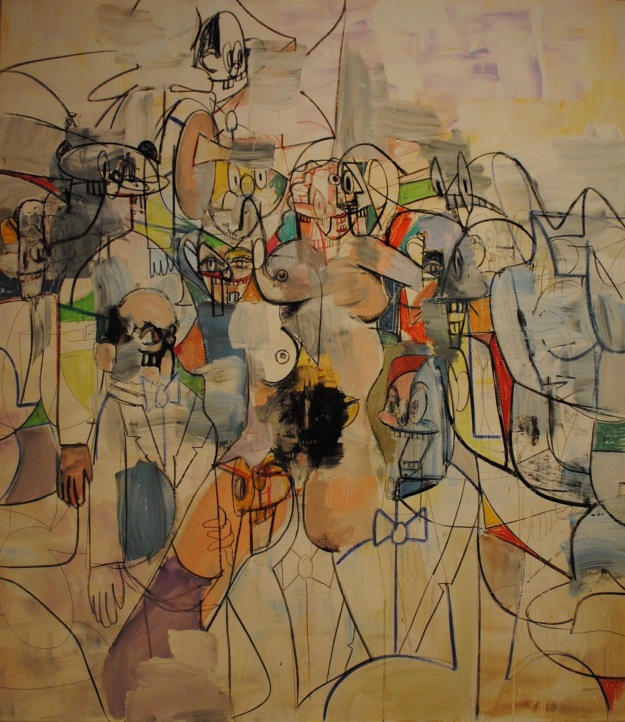
George Condo

Robert Rauschenberg

Francisco de Goya

Philip Guston

Jean-Michel Basquiat

Jasper Johns

Joan Mitchell
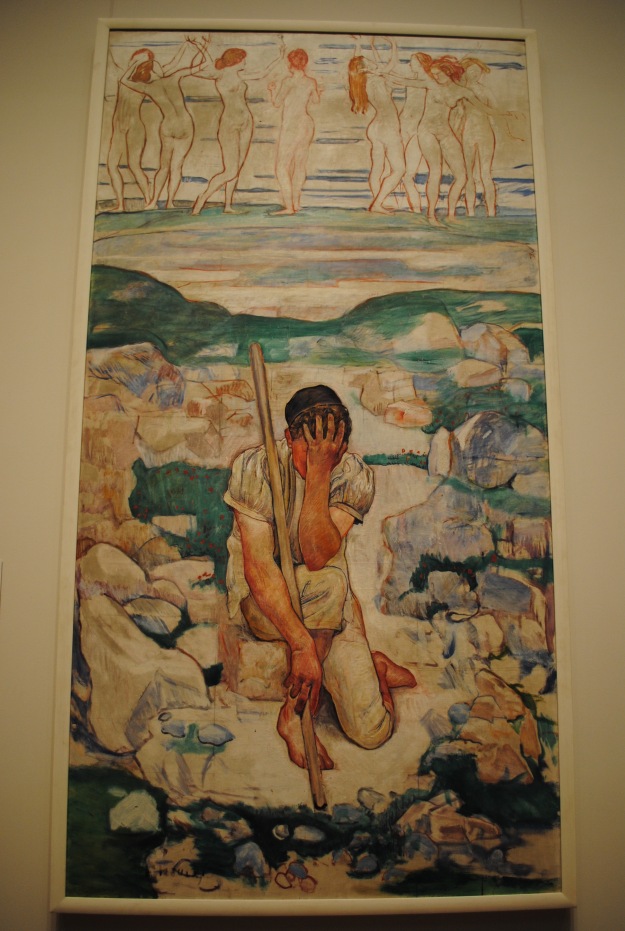
Ferdinand Hodler

Willem de Kooning





























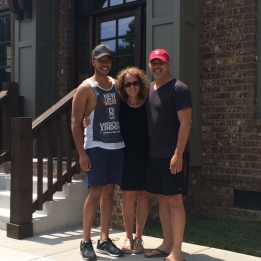

















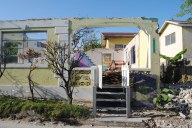
















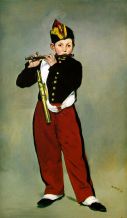













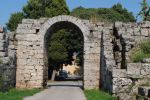




















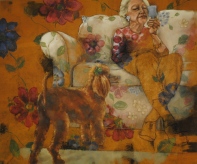
 ht not have noticed and appreciated all the little, yet valuable, human kindnesses we experienced in New York. Thankfully, kindness, as well as artistic inspiration, can find each of us just about anywhere.
ht not have noticed and appreciated all the little, yet valuable, human kindnesses we experienced in New York. Thankfully, kindness, as well as artistic inspiration, can find each of us just about anywhere.